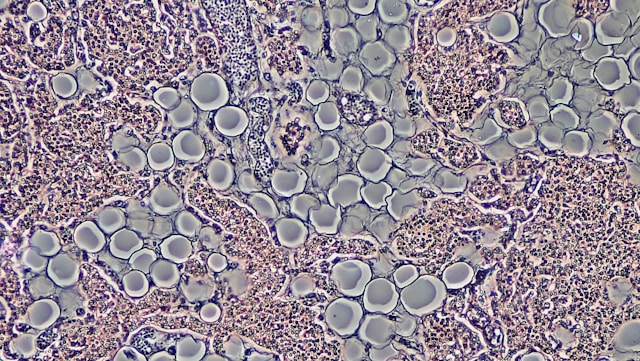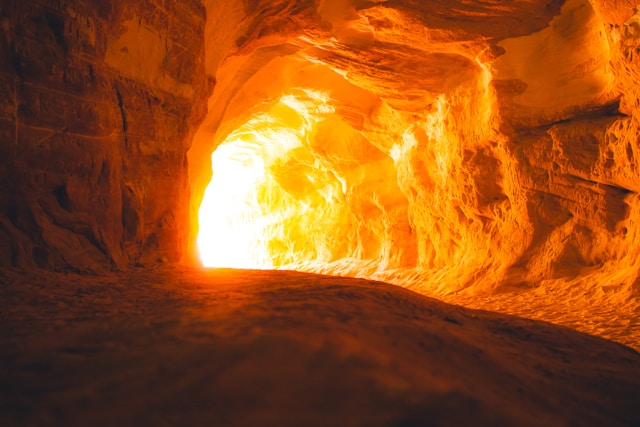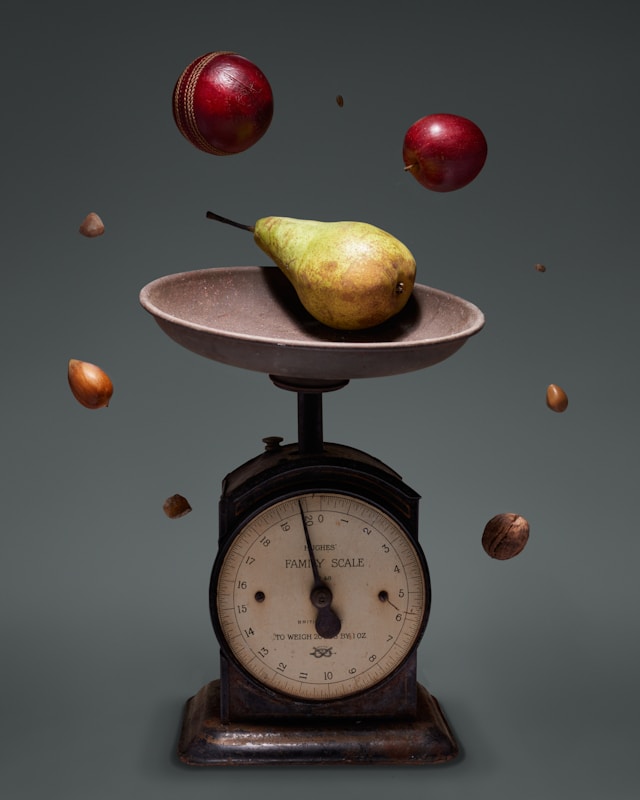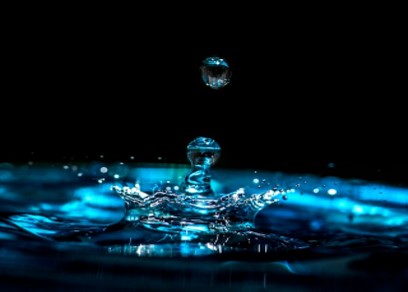by Richard Weil, M.Ed., CDE
Founder and Director
Transformation Weight Control
![]()
Nope! That’s not true! Some people just don’t sweat as much as others. There are some important points to consider, but first some background.
A Little Bit of Sweat Gland Anatomy First
There are two types of sweat glands, eccrine and apocrine glands. Eccrine glands are found all over the surface of the body and open directly onto the surface of your skin. They are most numerous on the palms of the hands and soles of the feet and are odorless. Apocrine glands open to hair follicles which lead to the surface of the skin and are more common in the groin and armpits. They are more sensitive to emotional stress and anxiety, and sweat from these glands does not evaporate as quickly as eccrine glands, so they can lead to body odor. There are two to four million sweat glands all over the body, the majority of them are eccrine. [I]
Everyone is born with virtually the same number of sweat glands, but sweat glands mature during the first 2 years of life and only a portion produce sweat. It depends on the need during that time of life. For instance, people who grow up in warm climates tend to have more active sweat glands than people who grow up in a climate-controlled environment or in cold climates [II]. (Ask me about thermoneutral environments and body weight.) As adults, we keep all of our sweat glands, but only a portion of them produce sweat, and the percentage varies between individuals.
Why We Sweat
Muscles produce heat when you exercise. A normal core body temperature ranges from 97.7 degrees to 99.5 degrees Fahrenheit. When I was in graduate school, we measured core body temperature in athletes during exercise and it could rise above 104 degrees Fahrenheit. That’s a lot of heat!
All this heat needs to be released, just like your car on a hot day. If the heat is not released, your body will overheat and your performance will be limited. In fact, one of the symptoms of heat stroke, a life-threatening condition, is that sweating stops as the body overheats. Overheating during sports and exercise can affect performance. In one study, Ely et al [III] found that female and male marathoners decreased their speeds by 5.4% and 4.5%, respectively, when the temperature rose above just 77 degrees Fahrenheit. Tatterson and colleagues [IV] found that power output in elite cyclists decreased by 6.5% when the temperature exceeded 89 degrees Fahrenheit. Strain on the heart, a shift from aerobic to anaerobic metabolism which depletes the body of energy reserves, strain on the heart and circulation, and dehydration (which also profoundly affects performance), can also be caused by overheating.
How Sweat and Dilation of Blood Vessels Under the Skin Work to Cool the Body
Heat from muscles during exercise is transported to the sweat glands or to the dilated capillary vessels beneath the skin. Capillary dilation is particularly present in the face, and this is why some people, particularly those with a fair complexion, turn bright red when they exercise. Sweat on the skin evaporates, allowing the heat to be dissipated into the air, and capillary dilation causes increased blood flow from the muscles to the skin so that the heat can dissipate into the environment through the skin. That’s how sweating works. If it’s hot and humid, your sweating and dilation may not be effective enough to keep you cool. To understand how evaporation and dissipation of heat through the skin works, lick your finger and blow on it; it will give you a cooling sensation.
How Much Sweat Do You Produce?
The average person sweats between 0.8 liters (27 ounces) and 1.4 liters (47 ounces) during an hour of exercise. That’s equal to around one to three pounds of body weight per hour. It can be more during very high intensity exercise, especially in hot and humid conditions.
How do you know how much sweat you produced during a workout? Weigh yourself before and after exercise without clothing. A liter of water weighs about 2.25 pounds (33.8 ounces). If you weigh 1 pound less after exercise, you lost about 16 ounces of sweat, so drink up!
What Determines How Much You Sweat?
- Body size. Bigger individuals generate more heat because the have more body mass.
- Age: Sweat glands decrease output as you get older.
- Muscle mass: Muscle produces all the heat, so the more of it you have, the more heat you’ll produce.
- The environment. You’ll sweat more in hot humid environments. A quick tip: You’d be better off with a fan next to you on the treadmill or stationary bike than an air-conditioned room because the movement of the air will take the heat away from the body (just like the finger-licking experiment above). If there is no air movement, but the room is very cold from A/C, you’ll get chilled and clammy because the sweat is remaining on your skin and clothing.
-
Fitness level may or may not play a role. In theory, a fitter person will sweat less than an unfit person at the same workload because the unfit person will be working harder. But this isn’t always the case. As I mentioned in the beginning, there are several factors that contribute to how many sweat glands you have and how productive they are. Some people just don’t sweat as much as others, and some cool off more by dilation of the capillaries beneath the skin.
So, Does It Count If You Don’t Sweat a Lot During Exercise?
Nothing I’ve mentioned here suggests that there’s an association between how much you sweat and how fit you can get. Muscular strength and endurance is determined by how much force your muscles can produce and how long they can perform for. Aerobic fitness comes down to aerobic capacity, that is, how much oxygen your muscles extract, or consume, from the blood stream during aerobic (cardio) exercise. Sweat isn’t a big part of this equation. Some people just sweat more than others. Stay hydrated and manage your body temperature when you work out, and your fitness level will improve no matter how much you do or do not sweat.
References
[I] Baker Temperature July 2019
[II] Laura Rettie Ph.D. University of Michigan Health Center July 2016
[III] Ely et al Med Sci Sports Exerc. 2007
[IV] Tatterson et al Journal of Science and Medicine in Sport January 2000
© Richard Weil, M.Ed., CDE, 2024 All Rights Reserved











